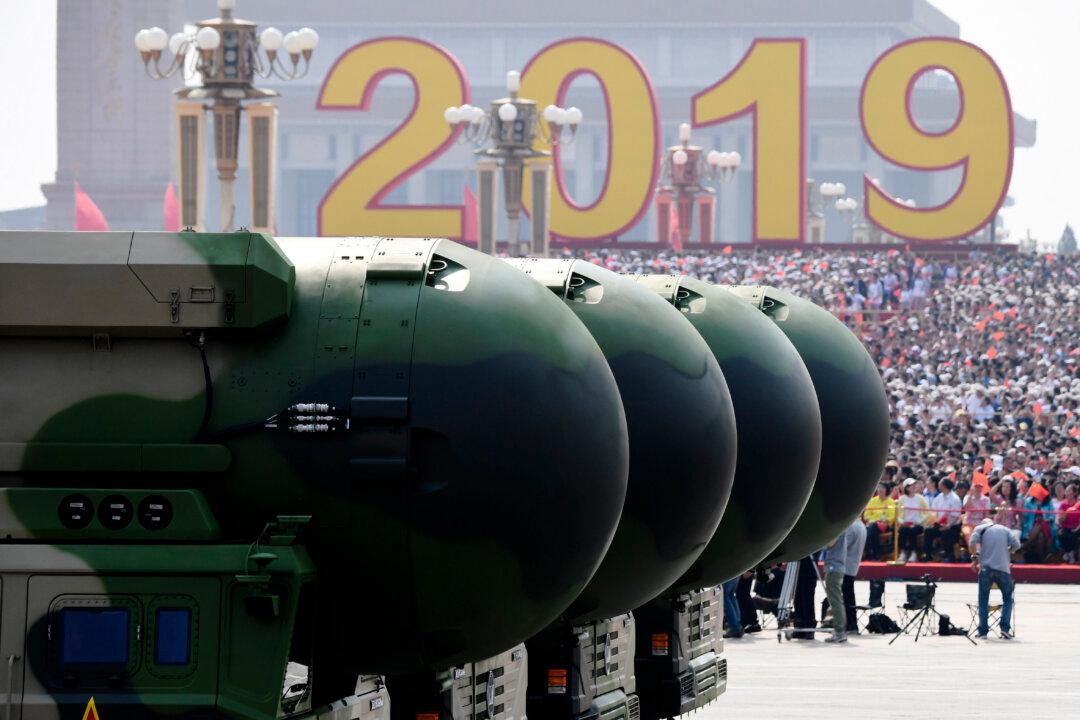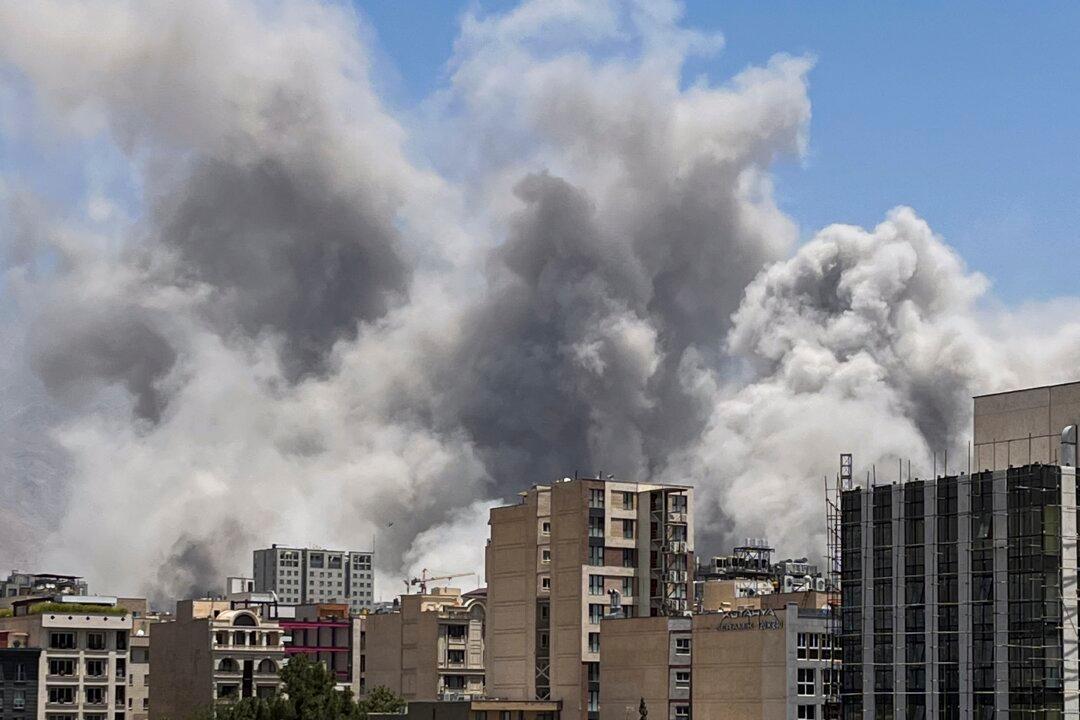Two months after heavy smog in Beijing signaled the first two “red alerts” in the Chinese capital, state-run mouthpiece Xinhua reported on Feb. 21 that municipal authorities would be increasing the threshold for issuing the air pollution warnings.
A red alert is defined as when the air quality index (AQI) exceeds 200 for at least three days. this level is considered “very unhealthful” by U.S. standards.
Set to be implemented this March, Beijing’s new standards will have the alert issued only when the AQI reaches 300 for two days in a row or 200 for four days. Reaching 500 in one day also warrants a red alert, the city’s environmental bureau said.
According to Liu Wei, deputy head of the bureau’s emergency response office, claimed the new standards would tighten pollution controls in Beijing as well as cities in the neighboring Hebei Province and the Tianjin municipality.
Last December, red alert-level smog closed schools and halted outdoor construction work. Reuters reported that accordingly to environmental officials, China is unlikely to meet state air quality standards until at least 2030.




